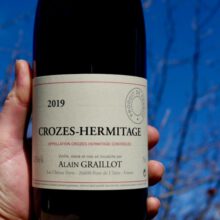
Product information
Alain Graillot Crozes-Hermitage 2019
Shiraz/Syrah from Crozes-Hermitage, Northern Rhône, Rhône Valley, France
$89
Description
“Spice-driven dark berry, cherry, peony and licorice aromas are sharpened by a zesty mineral flourish. Fleshy blackberry and bitter cherry flavors turn sweeter with air and pick up a smoky nuance on the back half. Shows fine definition and energy and finishes spicy and quite long, displaying gently chewy tannins and a resonating floral quality.”
Josh Raynolds, Vinous
Out of stock
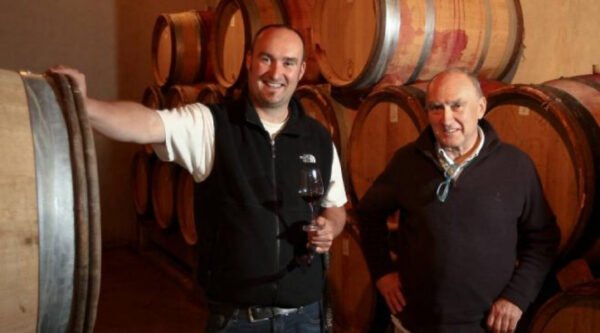

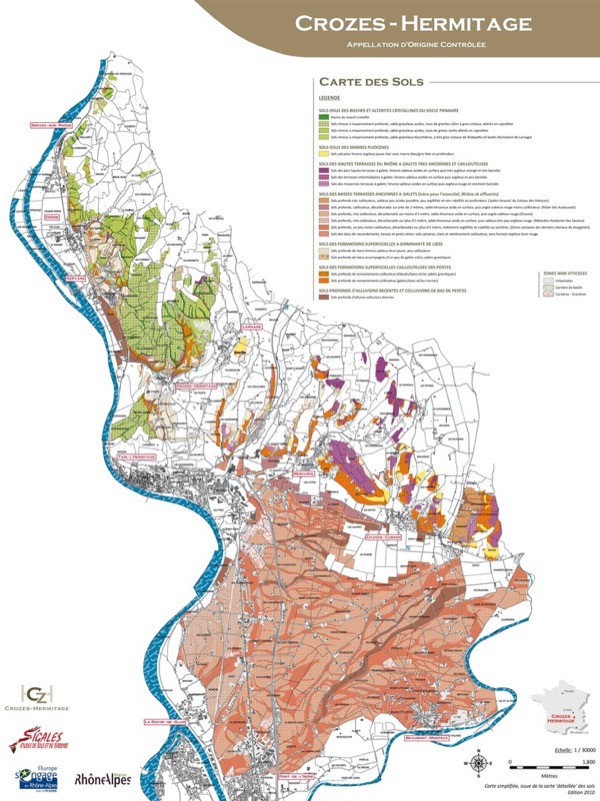
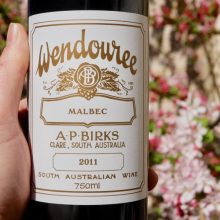
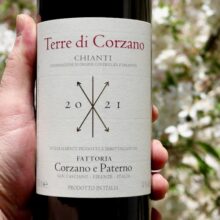
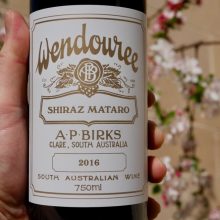
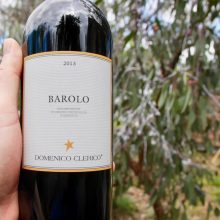
You must be logged in to post a comment.